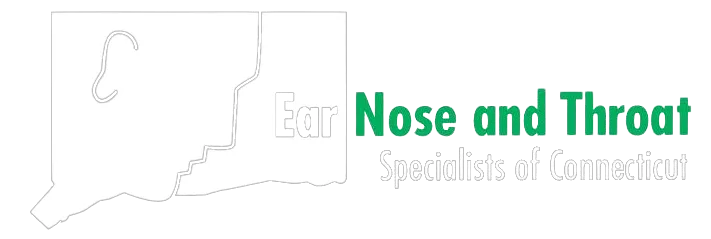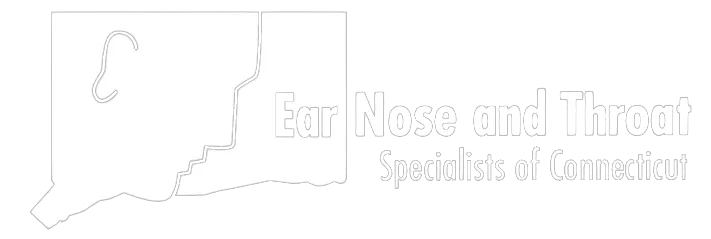Ear Wax Removal Q & A
What’s ear wax?
Ear wax is a natural substance that everyone's ears produce. Wax protects the ear canal skin. It repels water, moistens the skin to prevent drying and itching and it has antibacterial and antifungal properties. The scientific name of ear wax is "cerumen."
When is ear wax a problem?
The ear requires ear wax to be healthy, but sometimes it can build up to the point that it blocks the ear and limits hearing. People who have too much ear wax most often notice hearing problems. In fact, one of the most common causes of hearing loss is impacted or built-up ear wax.
How is ear wax removed?
Dr. Hecht and Dr. Astrachan have a number of options they can use to remove ear wax. The most common one is to tease the ear wax out using a special tool called a curette. Depending upon how impacted the wax is sometimes a binocular microscope is used with other instruments including suction. Does ear wax removal improve hearing?
If hearing loss is due to impacted ear wax, then yes, removing the ear wax helps the hearing improve. In fact, removing built-up ear wax out of the ear canal return hearing to the level it was before the ear wax got built up. If the patient has other hearing issues, ear wax removal won't restore the hearing.
Is there any way to prevent ear wax buildup?
The best way to avoid problems with ear wax is to leave your ears alone. People who clean their ears with Q-tips or use home irrigations tend to have more significant ear wax problems. Some people make more wax than others and rarely patients need regular appointments for removal. Dr. Hecht and Dr. Astrachan help patients determine which treatments would best help them with their ear wax concerns.

